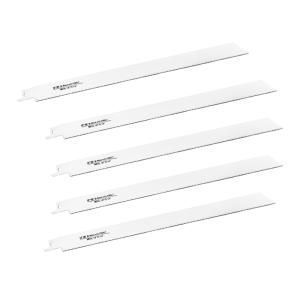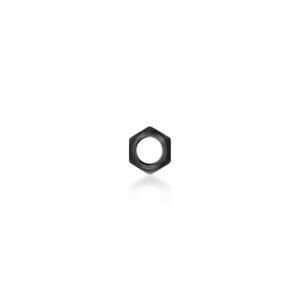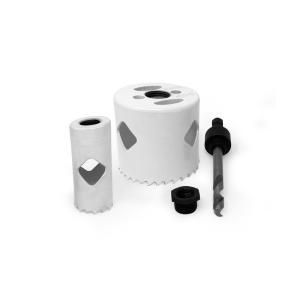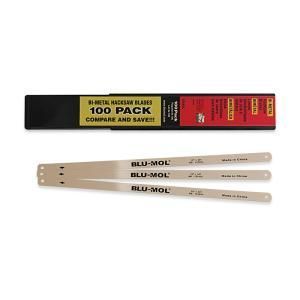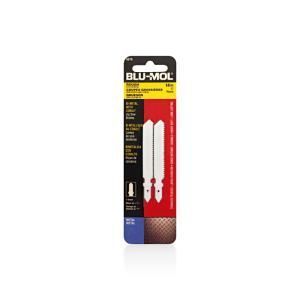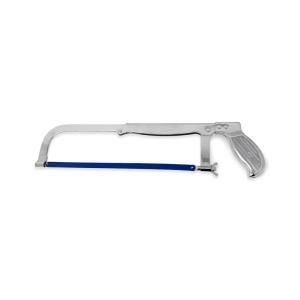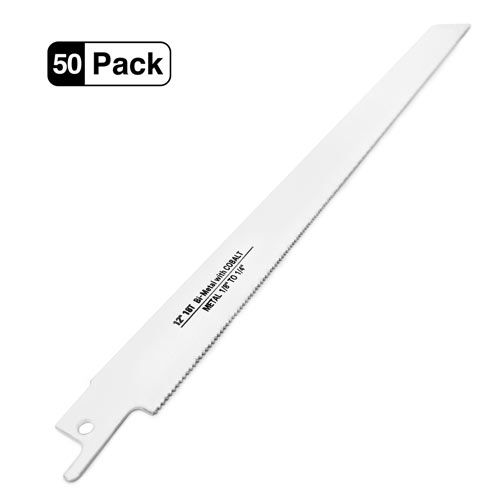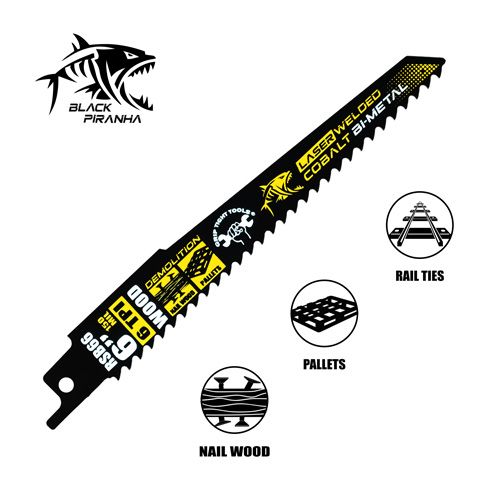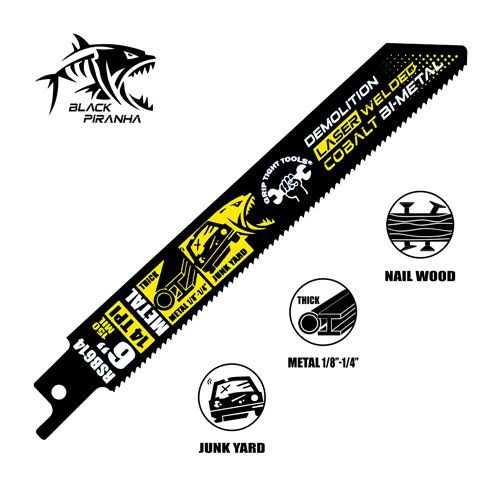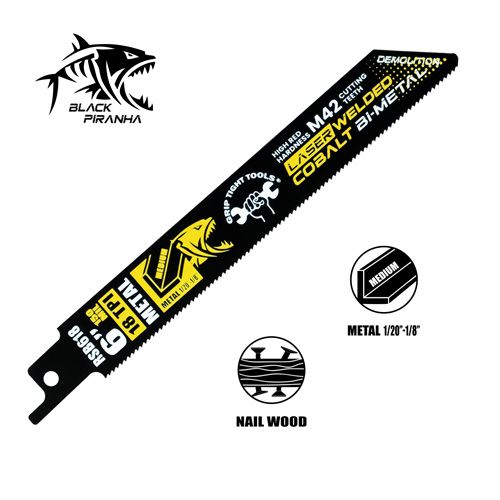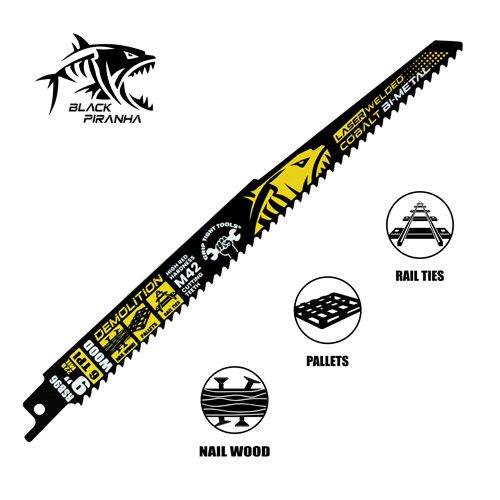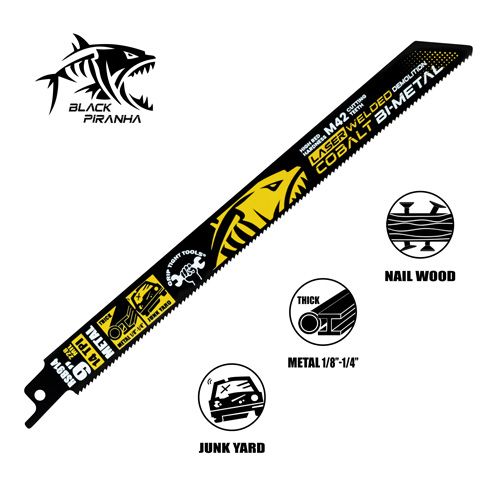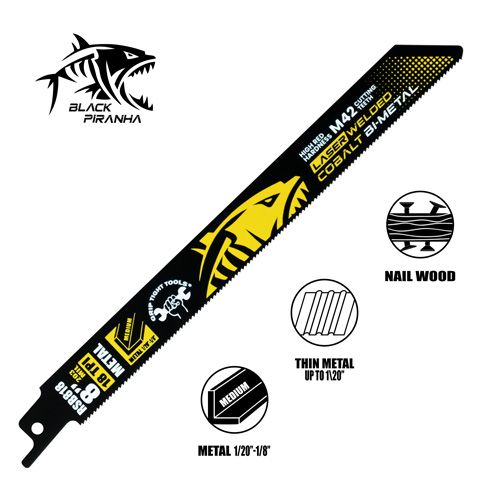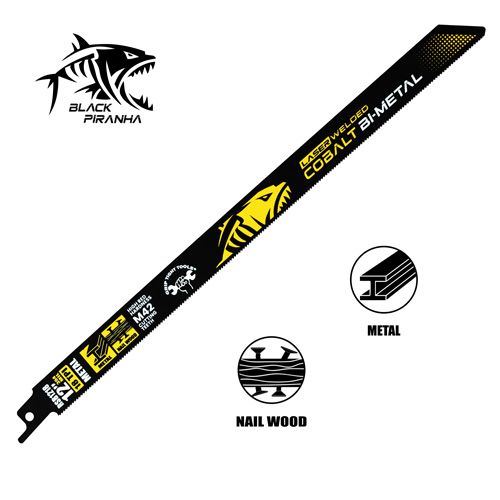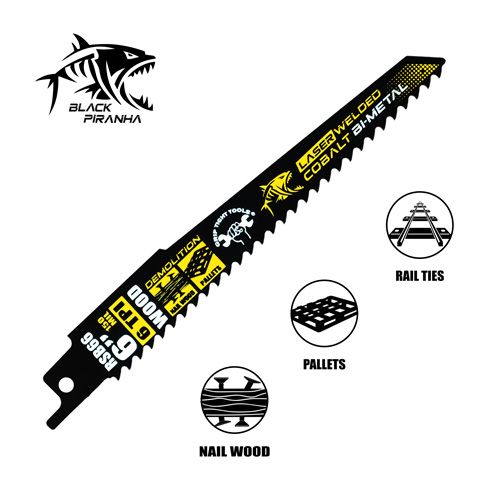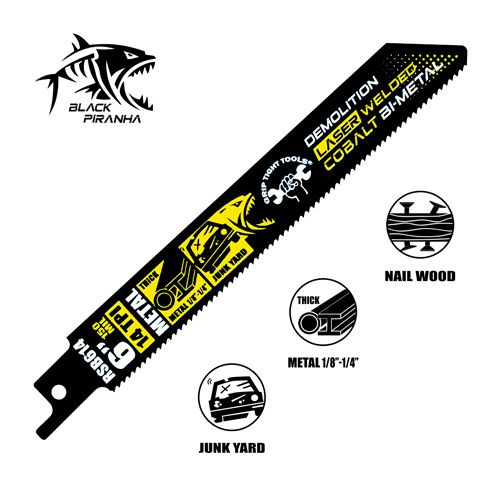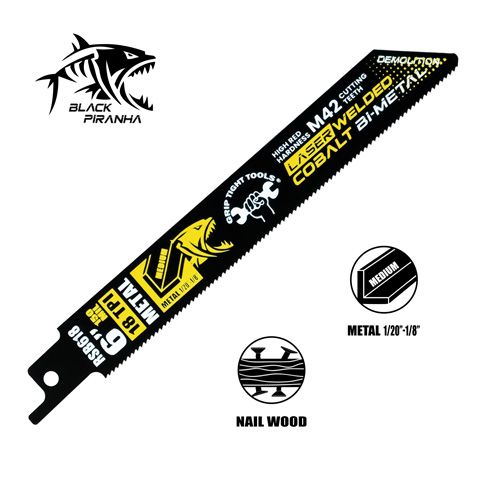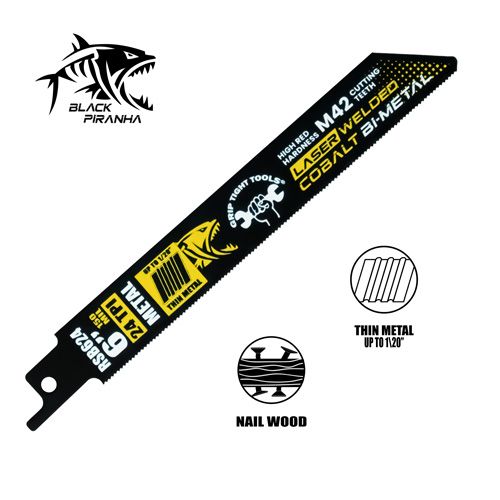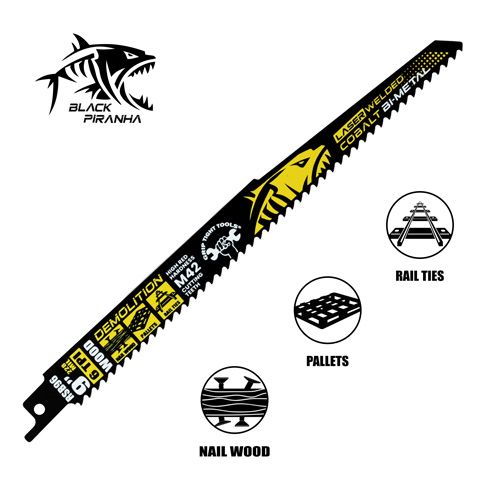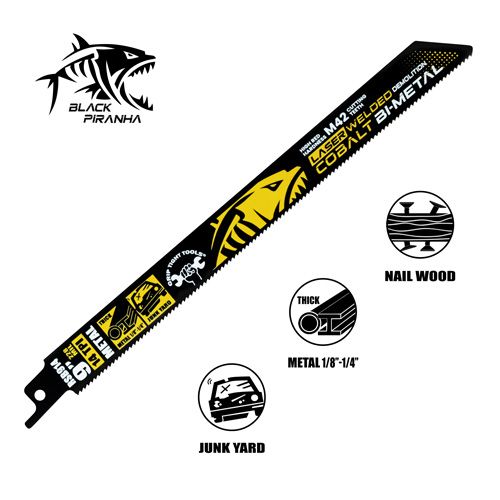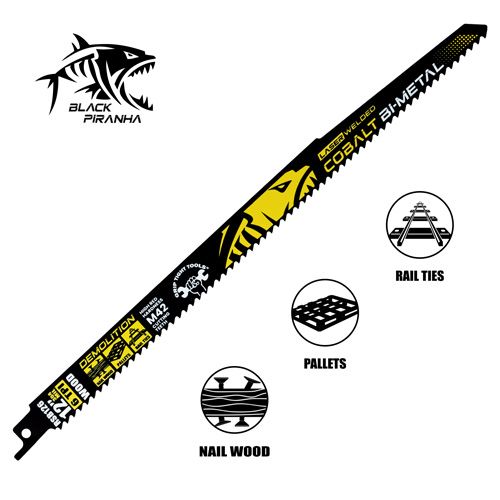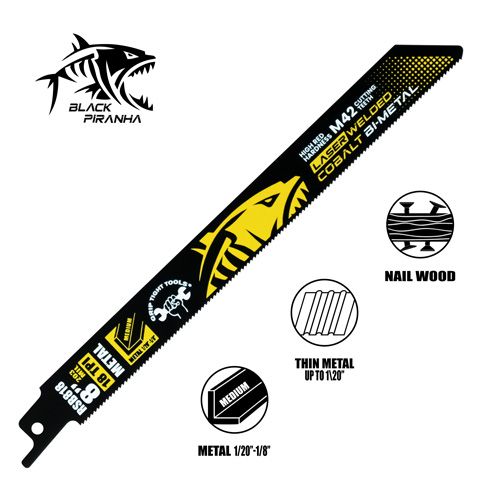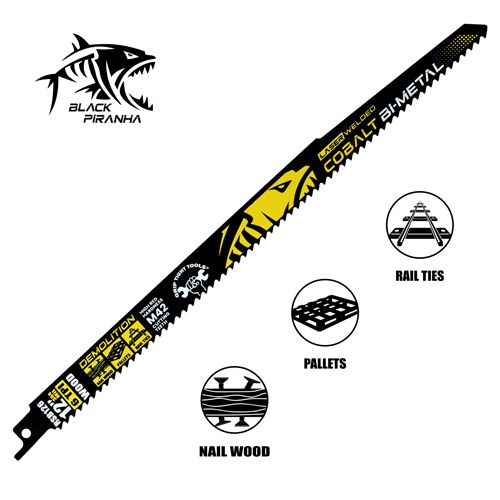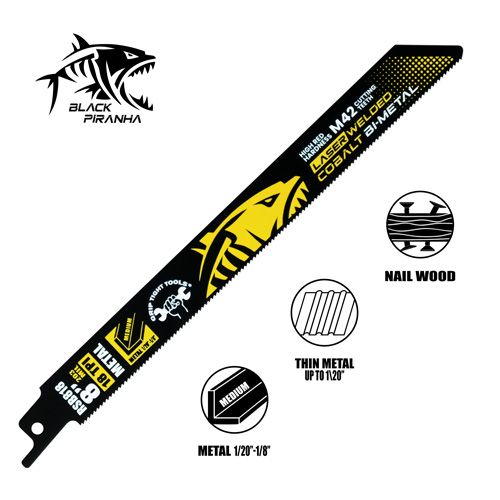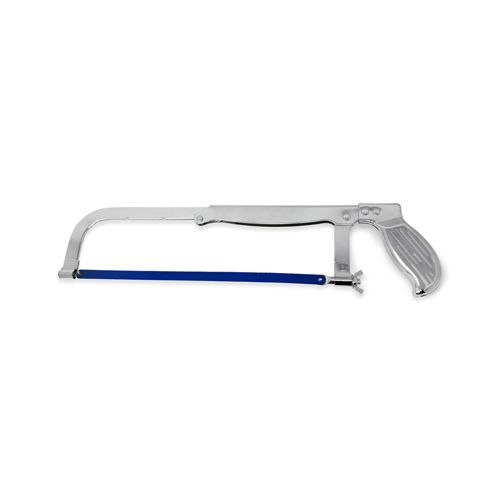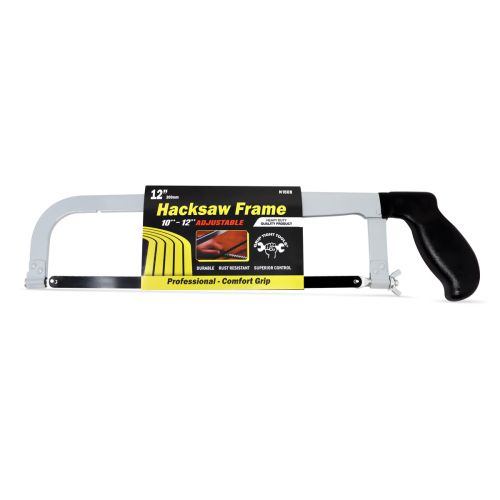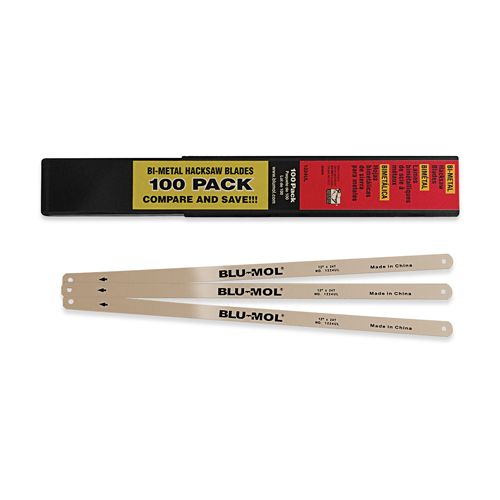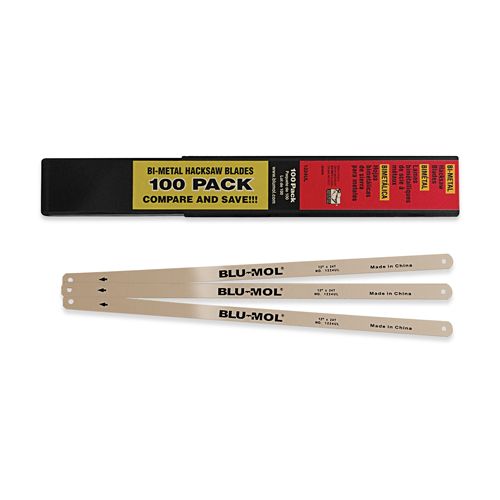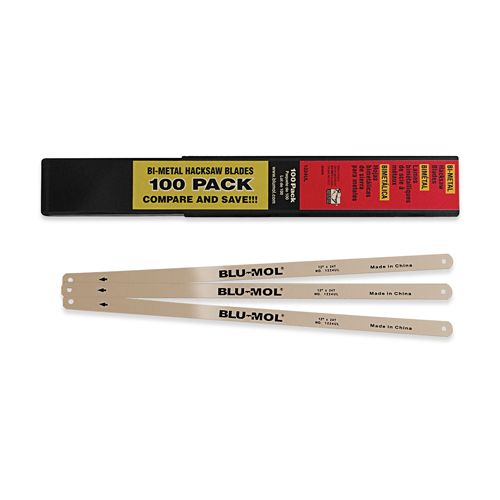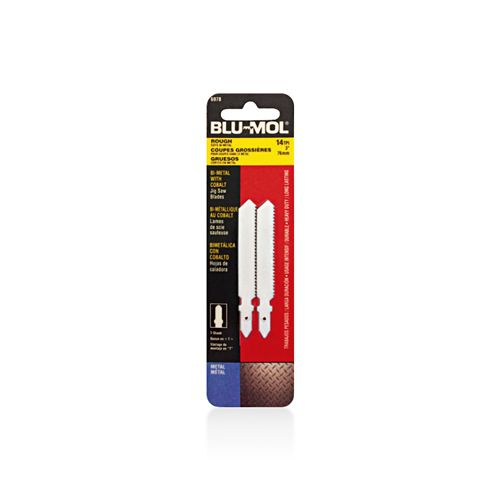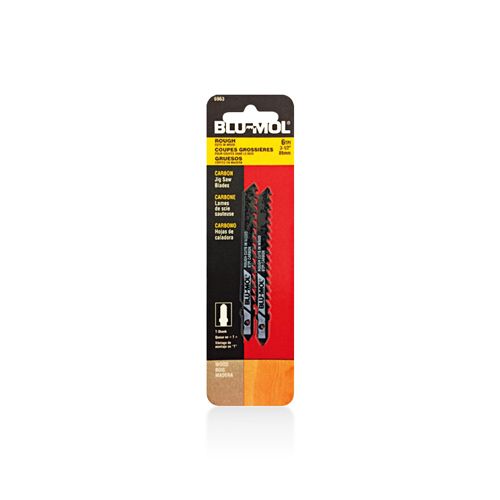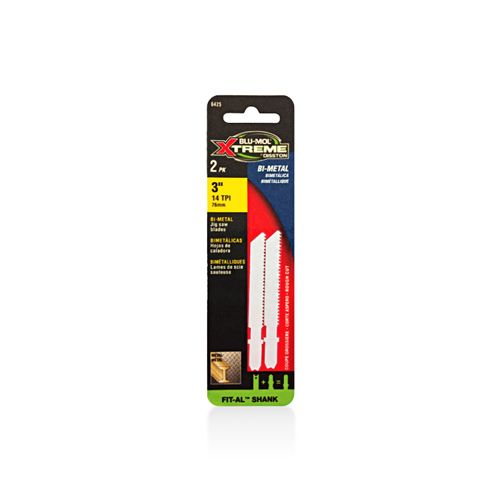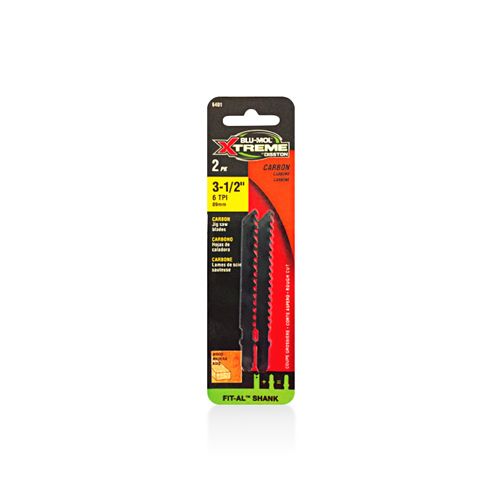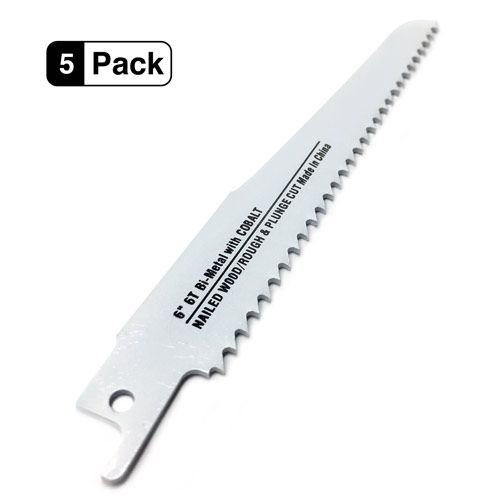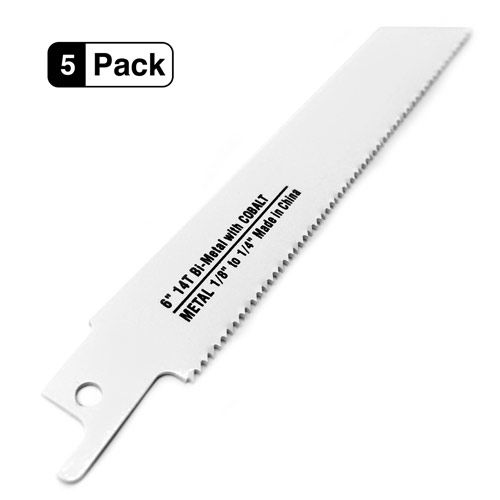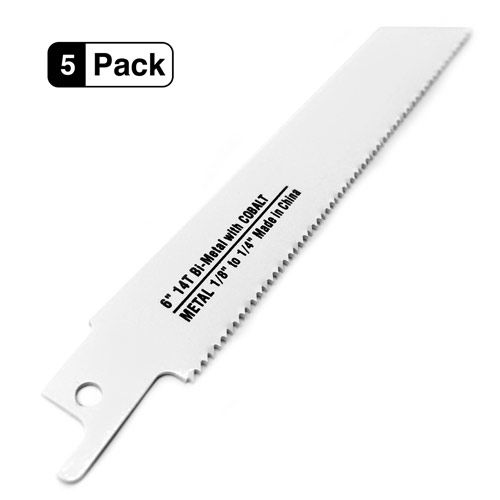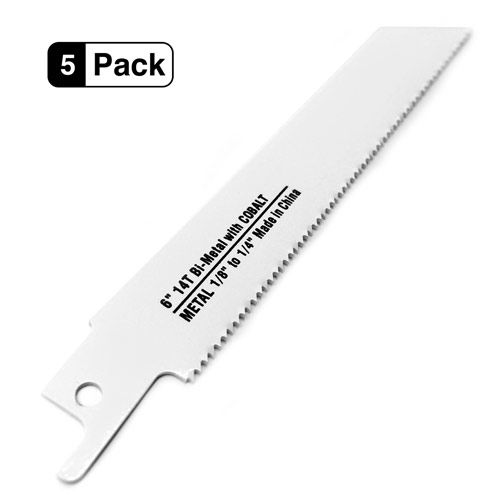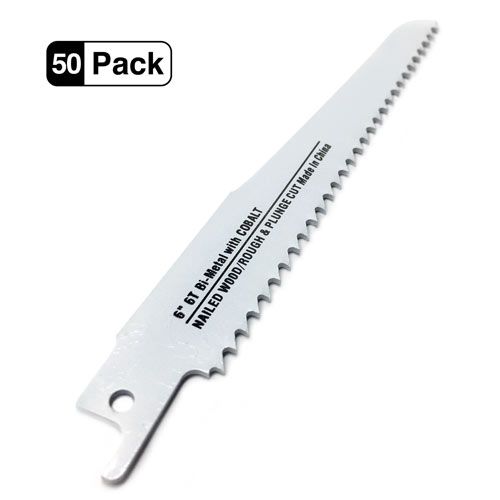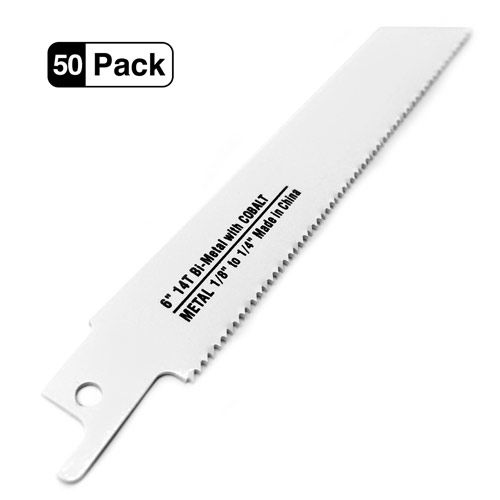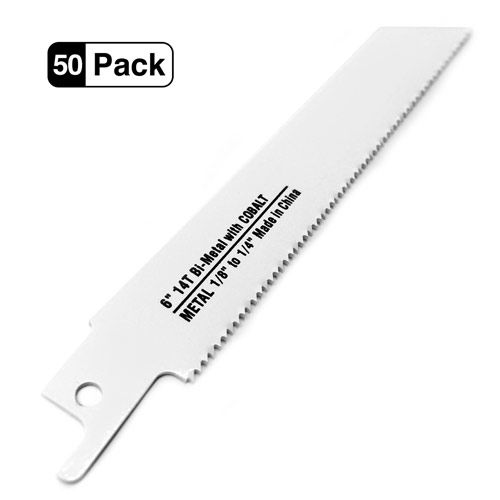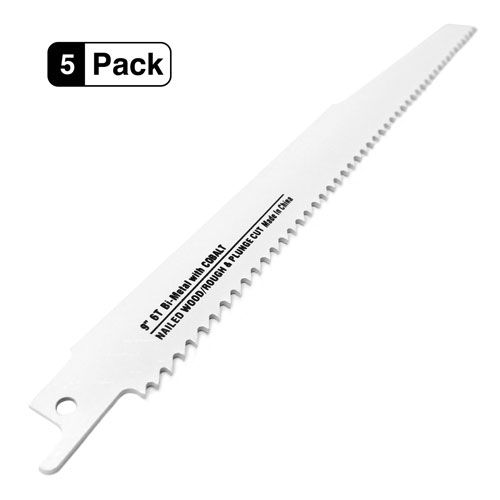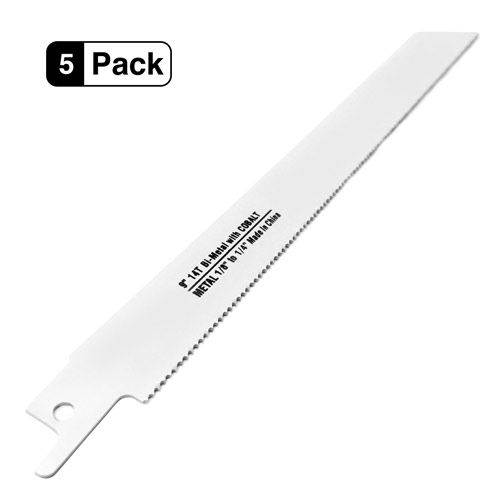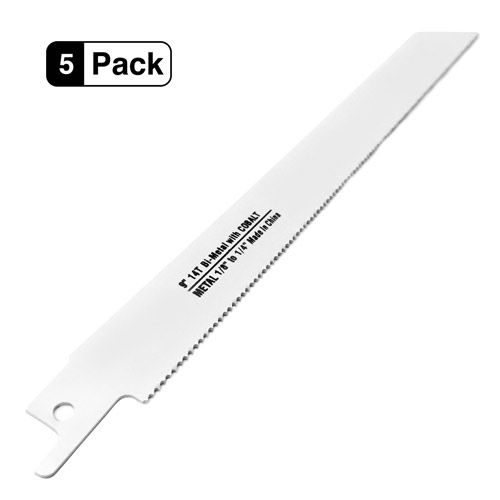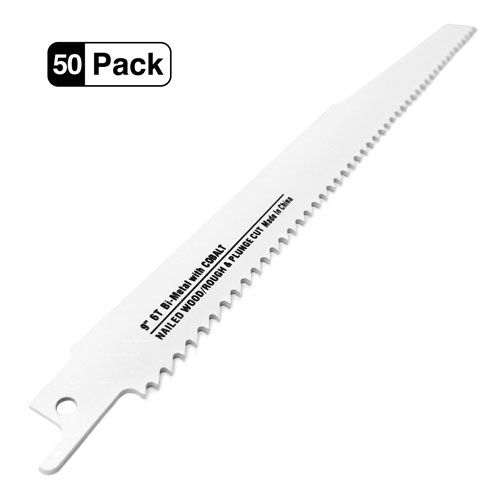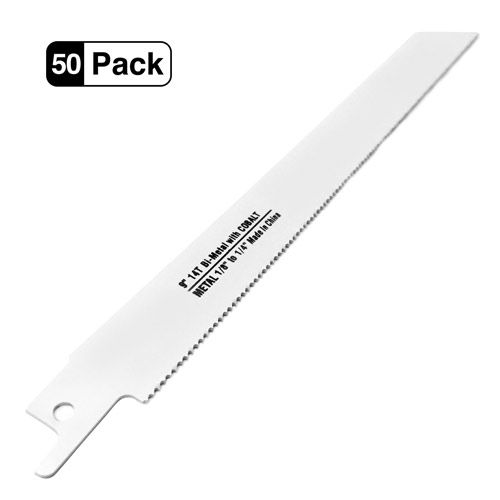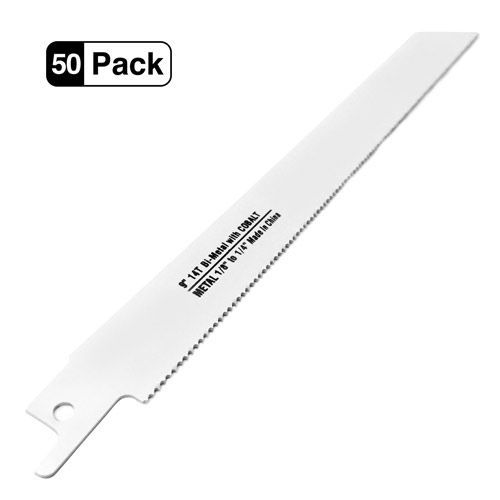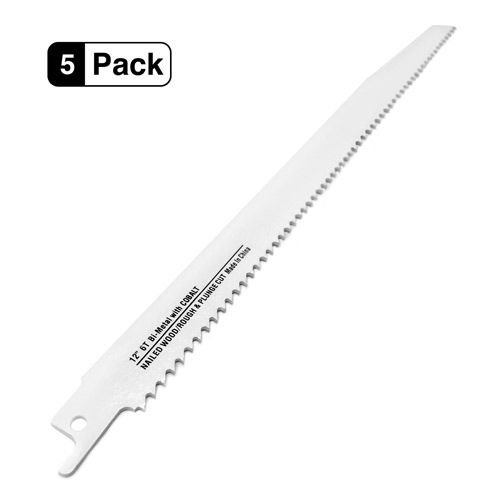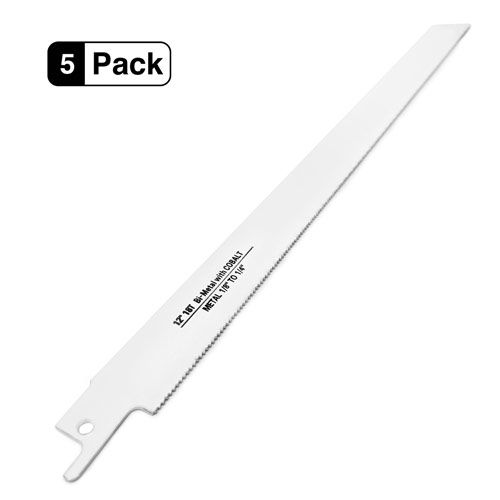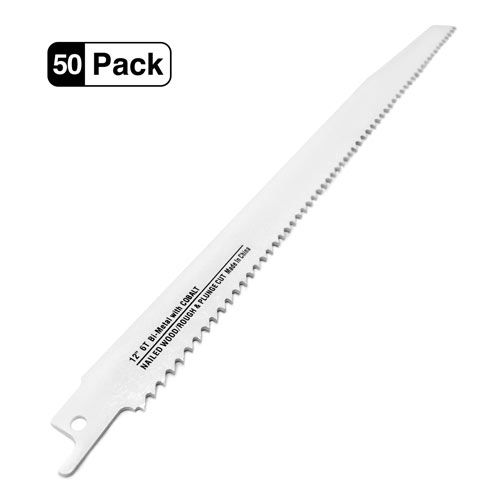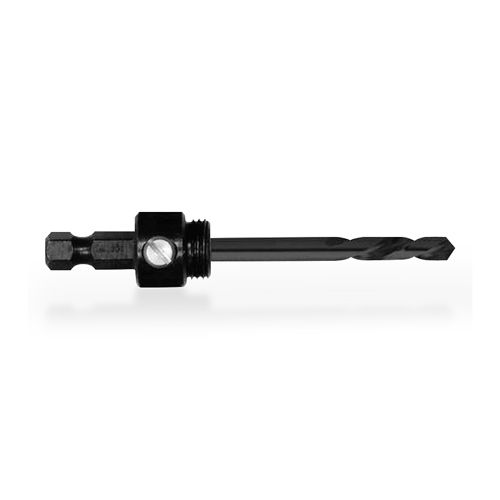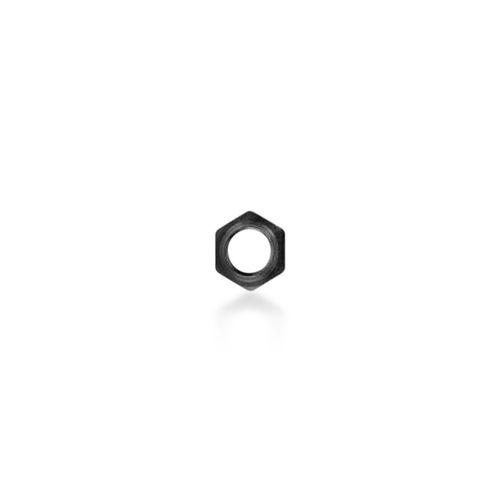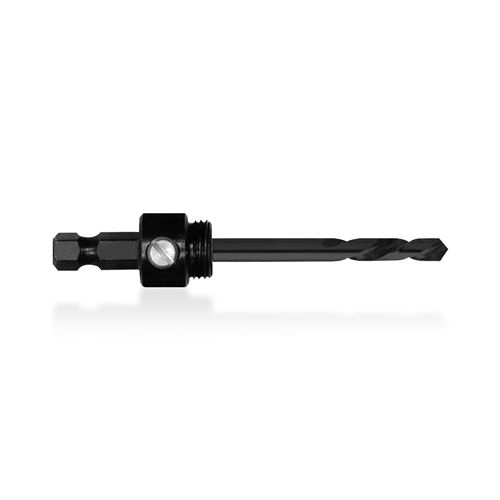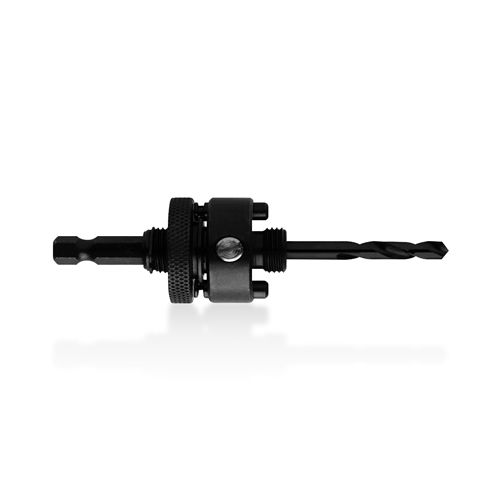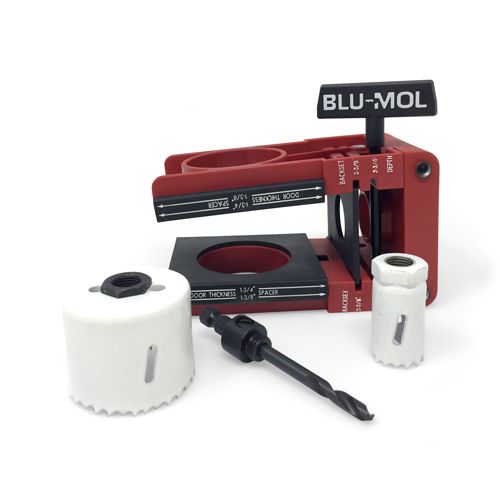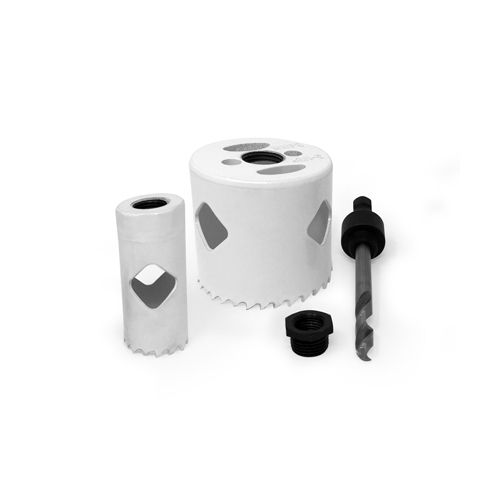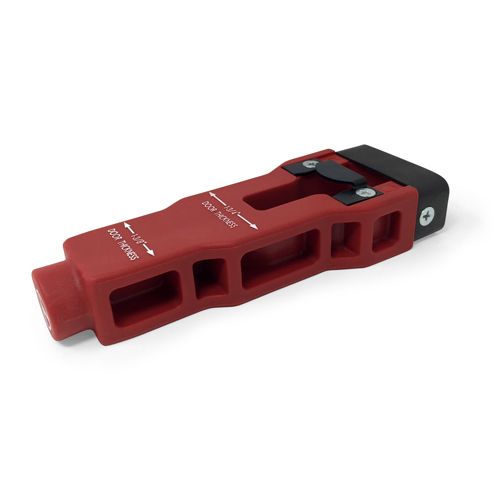Bi-Metal Saws & Blades
Reciprocating saw blades are saw blades that are designed for reciprocating saws, which are powerful tools that use a push-and-pull motion to cut through different materials. Reciprocating saw blades come in various shapes, sizes, and materials, depending on the type of material and cut you want to achieve.
Some common types of reciprocating saw blades are:
- Bi-metal blades have a high-speed steel edge and a high-carbon steel body. These blades are durable and can cut through wood, metal, and nail-embedded wood.
- Carbide-tipped blades, which have carbide tips attached to the teeth. These blades are very hard and can cut through tough metals, such as stainless steel and cast iron.
- Wood-cutting blades have large and sharp teeth that can cut through wood and wood products, such as plywood and chipboard.
- Metal-cutting blades have small and fine teeth that can cut through metal and metal products, such as pipes and sheet metal.
- Demolition blades, which are thick and heavy-duty blades that can cut through a variety of materials, such as wood, metal, plastic, and concrete.
- Pruning blades, which have long and curved teeth that can cut through branches and green wood.
- Carbide tools have small replaceable carbide cutters that can be rotated to a fresh edge when they get dull.
- Carbide tools do not require any sharpening, unlike traditional turning tools.
- Carbide tools are held level on the tool rest and the edge is guided into the wood with light pressure. You do not need to angle the tool or tilt the handle like with traditional turning tools.
- Carbide tools can be used for roughing, shaping, hollowing, and finishing different types of wood.
- Carbide tools come in different shapes and sizes, such as square, round, diamond, and detailer. You should choose the right tool for your project based on the shape and size of the wood and the desired outcome
A door lock installation kit is a set of tools and accessories that helps you install a door lock on your own.
A door lock installation kit typically includes:
- A jig is a metal template that clamps onto the door and guides you to drill holes for the lock and the latch.
- A hole saw is a circular blade that attaches to a drill and cuts through the wood or metal of the door.
- A drill bit, which is a smaller blade that drills holes for the screws and the latch plate.
- A screwdriver, which is used to fasten the screws and secure the lock and the latch.
- An Allen wrench is used to adjust the size of the jig and the hole saw according to the type of lock and door you have.
A door lock installation kit can help you save time and money by allowing you to install a door lock yourself without hiring a professional locksmith.
A hacksaw blade is a type of saw blade that is used for cutting metal, plastic, wood, and other materials with a hacksaw. A hacksaw is a hand tool that consists of a metal frame and a removable blade that can be tensioned and replaced as needed. A hacksaw blade has sharp teeth along one edge that cut through the material as you move the saw back and forth.
Hacksaw blades come in different sizes, materials, and teeth configurations, depending on the type of material and cut you want to achieve. Some common types of hacksaw blades are:
- Bi-metal blades, which have a high-speed steel edge and a flexible carbon steel body. These blades are durable and can cut through most metals and plastics.
- High-speed steel blades, which are fully hardened throughout the entire blade. These blades are very hard and can cut through tough metals, such as stainless steel and cast iron.
- High-carbon steel blades, which are fully hardened throughout the entire blade. These blades are sharp and can cut through wood and soft metals, such as copper and brass.
- Tungsten carbide blades, which have tungsten carbide particles bonded to the edge of the blade. These blades are very abrasive and can cut through ceramic, glass, and concrete.
Hacksaw blades also have different numbers of teeth per inch (TPI), which indicate how fine or coarse the cut will be. A higher TPI means a finer cut, while a lower TPI means a coarser cut. Generally, you should use a higher TPI for harder materials and thinner sections, and a lower TPI for softer materials and thicker sections.

